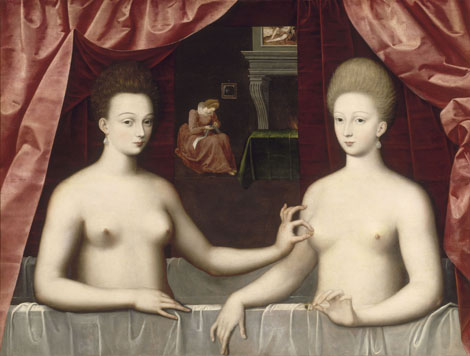The "dry wash"
From the Renaissance onwards, the practice of bathing practically disappeared. Doctors at the time were convinced that the pores of the skin, opened up by the heat of the bath, allowed impurities (miasmata) from the water—which was drawn from rivers that served as sewers—to enter the body. The numerous epidemics of the period, combined with a hardening of the moral code, ushered in a new era of bodily hygiene: the "dry wash", in which a change of underwear took the place of washing... and the shirt, preferably white, came into being, the collar and cuffs protruding from the doublet to show that the wearer was clean!
In May 1610, Henri IV had occasion to summon his minister Sully. The King's emissary was perplexed to find Sully in the bath: "Sir, do not get out of the bath for I fear that the King cares so much for your health and has such great need of you that, had he known you to be in such condition, he would have come here himself."
The emissary returned to the palace to inform Henri IV who, after having consulted his own doctor, issued new instructions: "He orders you to wait for him tomorrow in your nightgown, bootees, slippers and night-cap, so as not to disturb your final bath."
Baths were taken only when prescribed by a doctor, and only then accompanied by a million and one precautions.






















